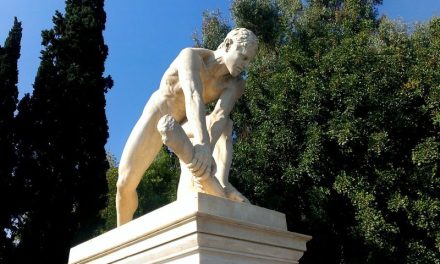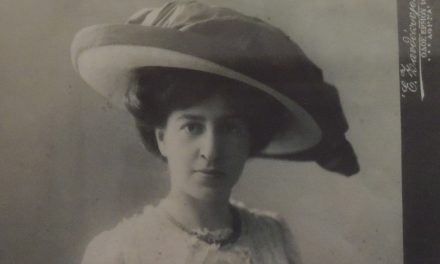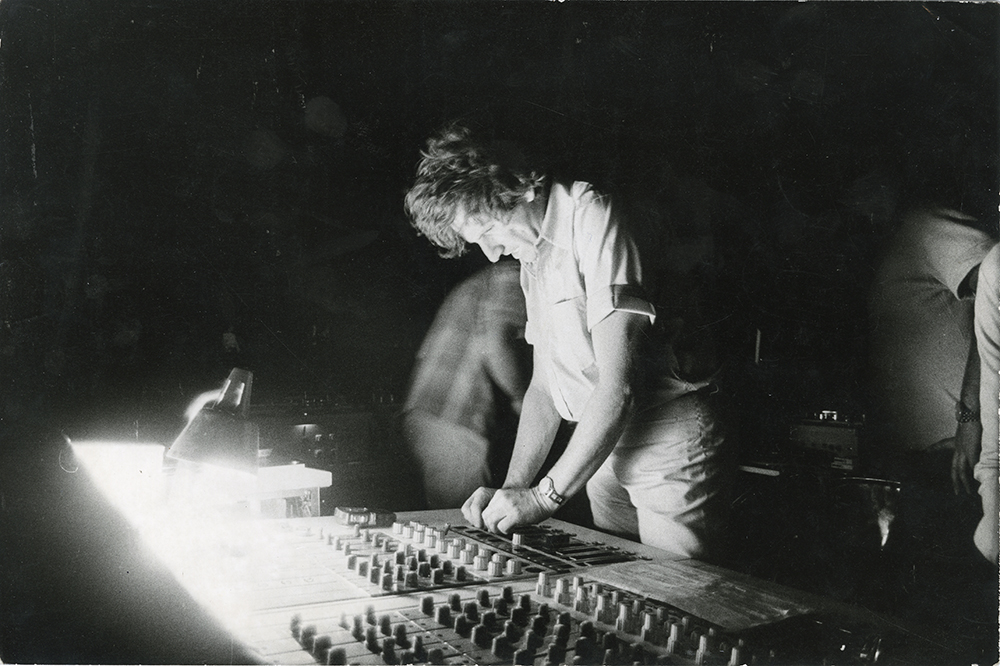
Supporting music as well as theatrical education since 1871, the Athens Conservatoire is the oldest institution for the performing arts in Greece and has played a significant role in the advancement of music studies in Greece. The Athens Conservatoire Centre for Research and Documentation (KETOA), was founded in 2016 with the aim of preserving, curating and bringing to the spotlight the valuable archives and library of the Conservatoire.
From June 2023 until January 2024, KETOA is collaborating with EMSΤ (National Museum of Contemporary Art Athens) for the exhibition Iannis Xenakis and Greece, held at EMST from June 1 2023 until January 7, 2024.The exhibition explores the iconic composer’s controversial relationship with his ancestral homeland.
The exhibition “Iannis Xenakis and Greece” draws from the extensive historical archive of and CMRC (Contemporary Music Research Centre), an organization that was founded by Xenakis himself in 1979, along with the composer Stefanos Vassileiadis, the musicologist, teacher and architect-urbanist John G. Papaioannou, and 22 others, now hosted at KETOA. Rare documents and items, including original handwritten letters and texts by Xenakis, articles, music scores, event programmes, photographs, recordings, videos, and various objects, such as the UPIC (the electronic composition system he invented), cast light on his multi-faceted relationship with Greece, testifying to the fact that contemporary, avant-garde music in Greece has a longer and more sophisticated history than is widely believed.
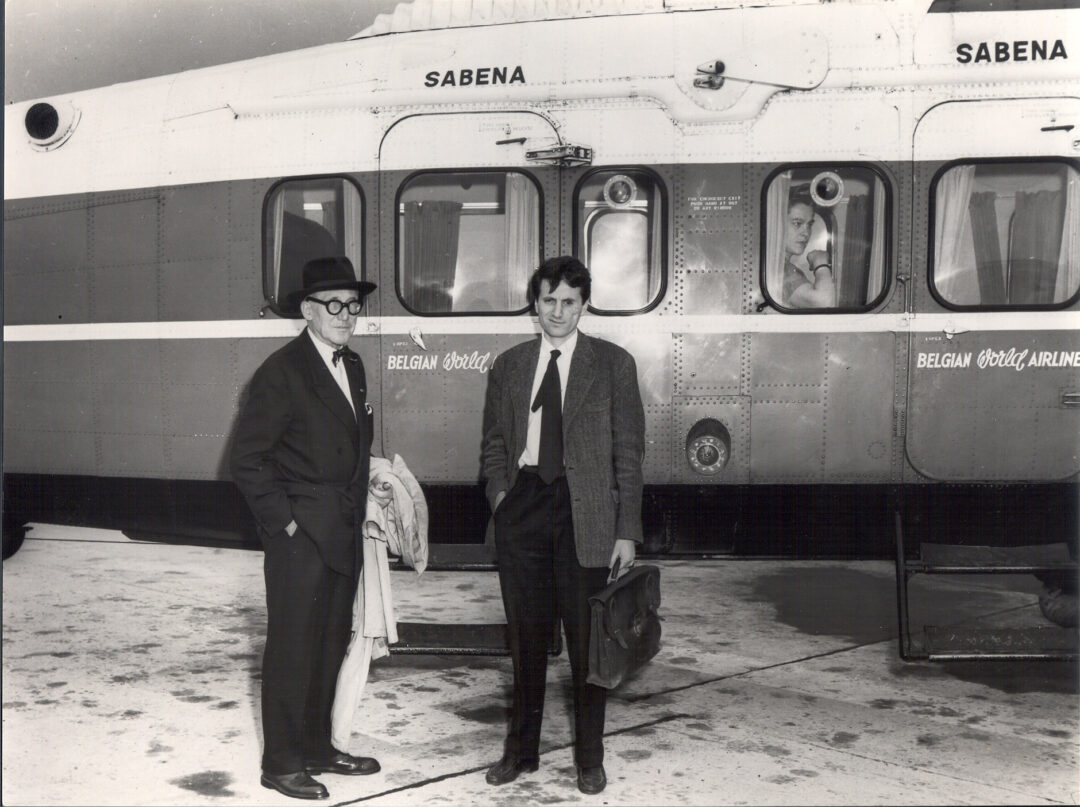
Photo by SABENA press and information agency © Collection Xenakis family DR
Visitors are able to follow Xenakis as he takes his first steps into the world of music and architecture, and through his letters, gain insight into his thoughts, concerns, and nostalgia for his homeland and his dreams for the future of the arts in Greece. His relationships with prominent figures in the musical milieu of Greece, such as John G. Papaioannou and composer Manos Hatzidakis, who valued and promoted Xenakis’s work during his period of self-exile in France, are set against Greece’s musical and cultural background of the time. Featured prominently are the five “Hellenic Weeks of Contemporary Music”, an initiative for pioneering musical creation that became a context for presenting Xenakis’s work as early as 1966.
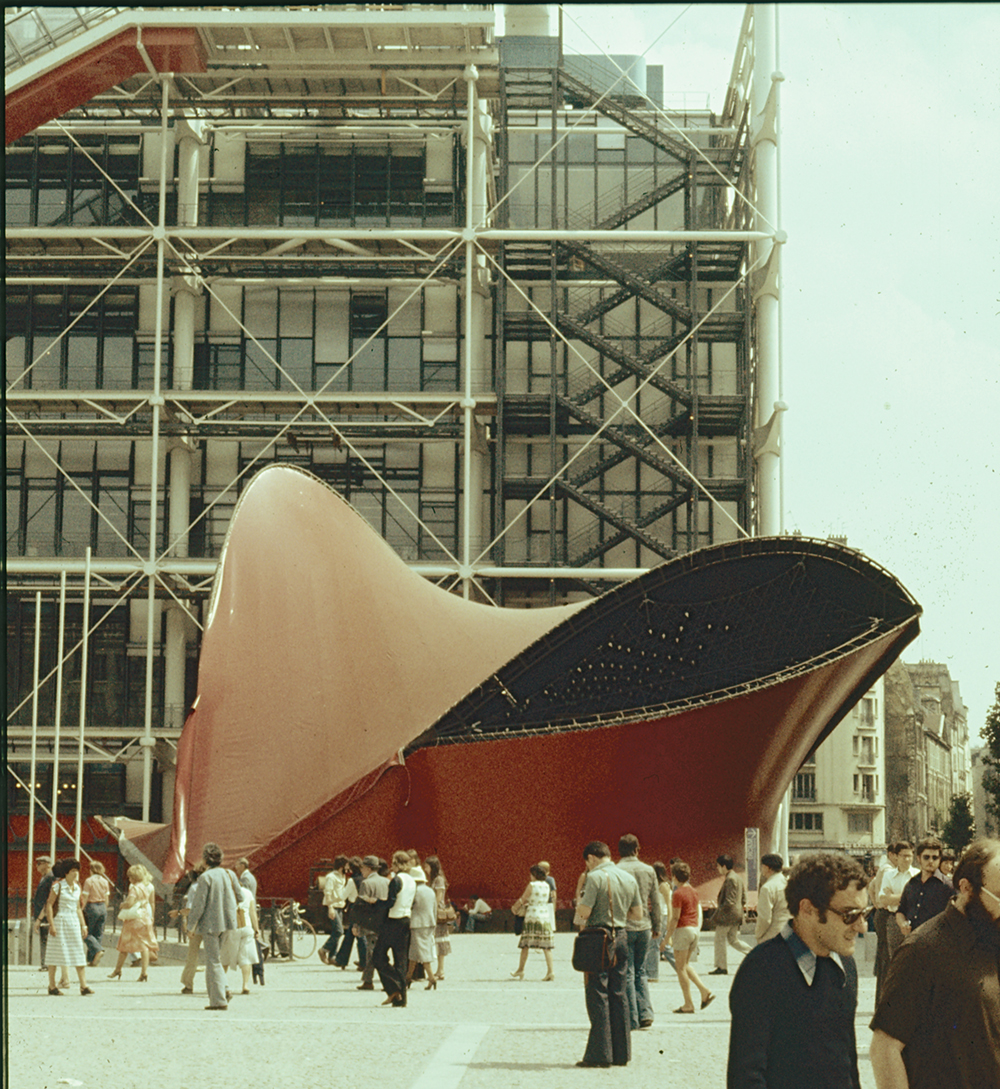
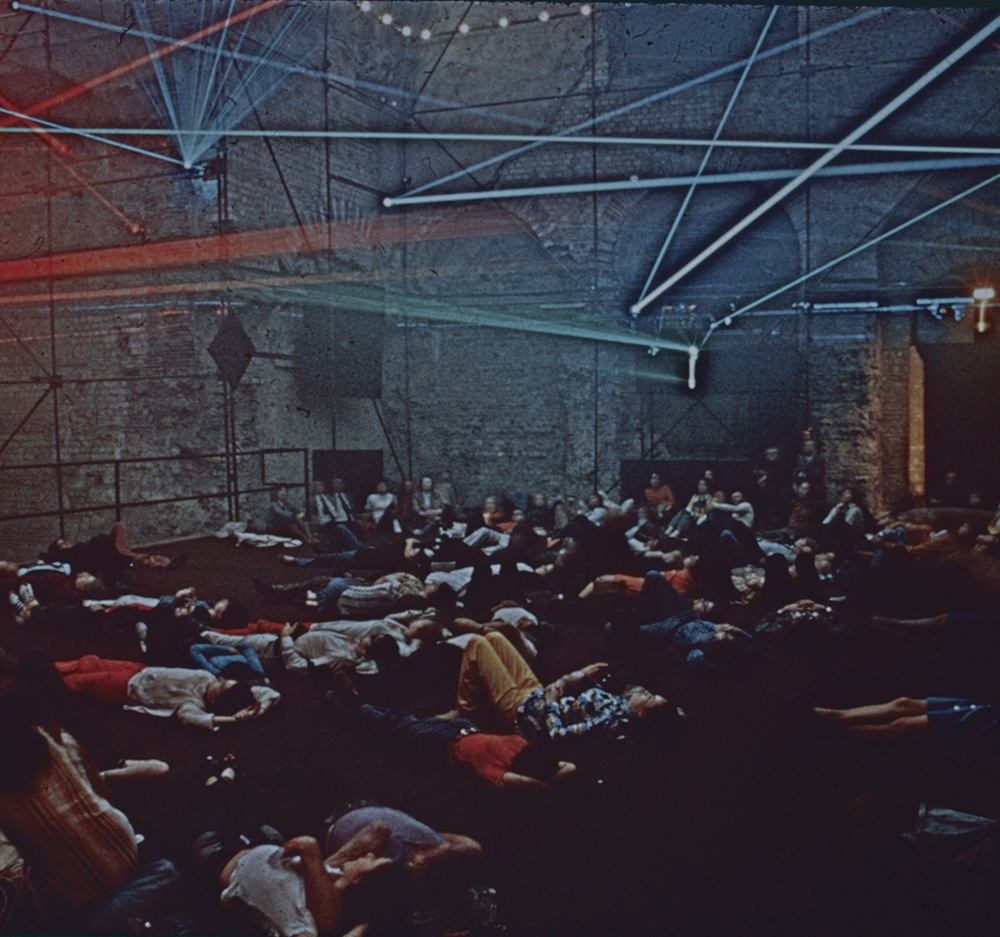
The exhibition places particular emphasis on Xenakis’s activities after his return to Greece in 1974, through the presentation of the Mycenae Polytope (1978) and the founding of CMRC (1979). Both are regarded as integral for the realization of his musical and pedagogical vision. Through the archives of the CRMC collection, many items from which are on display for the first time, the exhibition Iannis Xenakis and Greece engenders a new reading of the tumultuous and often contradictory relationship between Xenakis and the cultural and political environment of contemporary Greece.
EMST is also hosting another exhibition on Xenakis – co-produced with Philharmonie de Paris, under the title Iannis Xenakis – Sonic Odysseys. The exhibition focuses on the most important and ground-breaking work of Xenakis’s visual, literary, architectural, and musical output, while illuminating his personal history by contextualizing the composer in his times, and the political and cultural movements that defined him as an artist.
The Athens Conservatoire Centre for Research and Documentation (KETOA)
The material held at KETOA is relevant not just to the history of the Athens Conservatoire itself, but also the history of musical life in Greece and, in some cases, the political history of modern Greece. The research conducted at the Archives aims also at challenging the still dominant perception that art music never actually existed in Greece.
Besides the historical archive of the Conservatoire, other archives and collections that have been donated or granted to KETOA. Among these are: the archive of the Chormouzios-Papaioannou Foundation, which includes the aforementioned archive of the Contemporary Music Research Centre (CMRC or ΚΣΥΜΕ in Greek) founded by Iannis Xenakis, the Archive – Collection of Stathis Arfanis, the music archive of composer of the Hellenic National School Dionysios Lavragas, and the archive of the great Greek avant-garde composer and thinker Jani Christou. A large part of the material has been classified and digitized and is available to researchers and anyone interested upon consultation. This valuable material, up to now largely unknown and underutilized in research, has fueled numerous exhibitions, lectures and concerts organized by KETOA in recent years.
Since September 2013, the Hellenic Music Research Lab of the Ionian University has undertaken the responsibility of classifying and digitizing the Archive of the Conservatoire, a work still in progress.
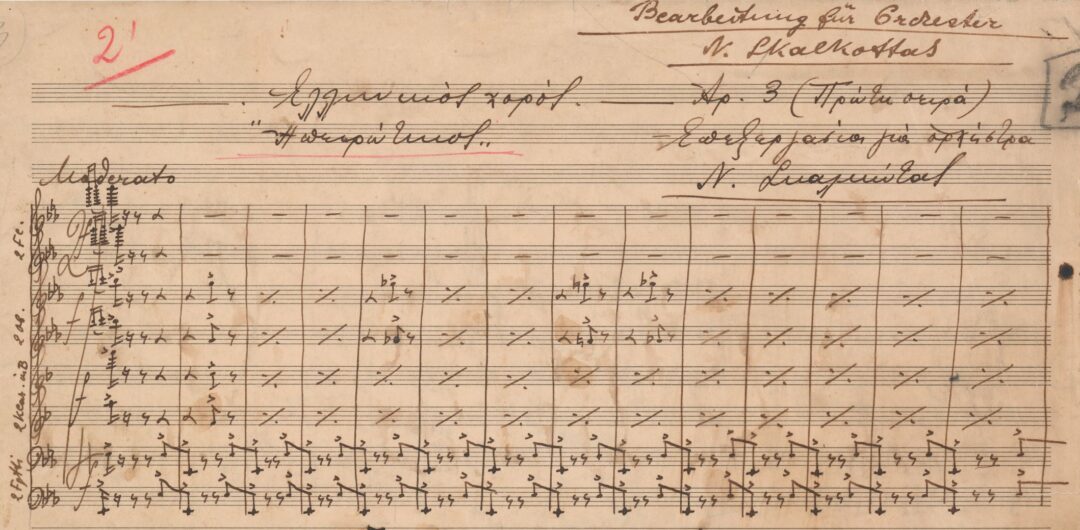
Publishing Activity
KETOA has embarked on as series of publishing projects, focused on Greek musical creation, among which is the magazine Neos Mousikos Hellinomnemon. The magazine’s issue 11, which has just been released, includes a research article on Maria Kallas and her studies at the Athens Conservatory, based on the relevant material of the Conservatory’s archive, as part of KETOA’s activities for the celebration of the 100th anniversary of the birth of the former student of the Athens Conservatory.
The most important publishing project for promoting musical creation and activity in Greece, is however, the three-volume History of Music in Modern Greece) edited and written by a large team of distinguished scientists and researchers. The edition, tracking the history of Greek music from as early as 1453 going up to the year 2000, is accompanied by six compact discs with unknown or rare recordings of works of classical Greek music. The first volume has already been released and is almost sold out, and the other two are to be released soon.The Centre believes that his edition will decisively change the concept of what Greek music is on an international level, putting it on the map of musical studies where it belongs, among other European countries.
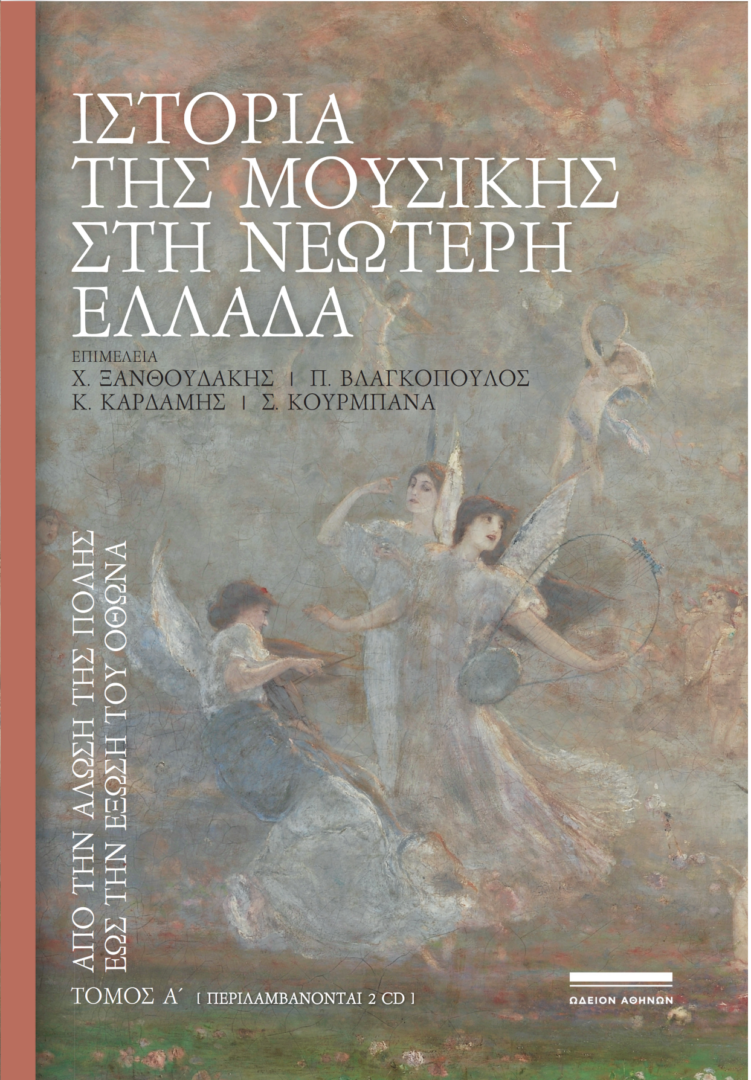
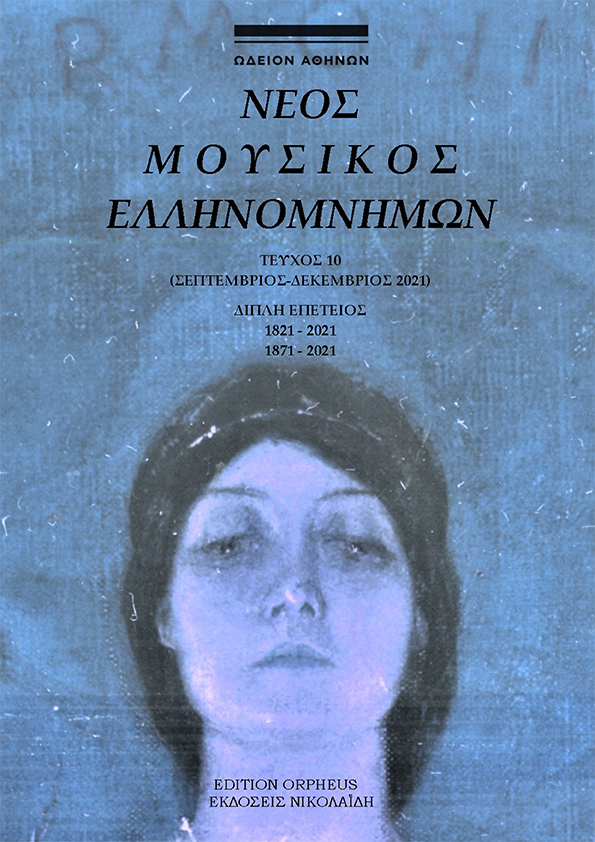
Future Projects
Among the immediate plans of KETOA are the organization of an event in memory of esteemed composer Dionysios Lavragas and his work – on the occasion of the recent grant of his music archive to the Athens Conservatory, as well as a publication for the archive – collection of Stathis Arfanis, who also generously donated his collection to the Athens Conservatory.
KETOA’s future plans include the creation of a Greek Music Repository, dedicated to preserving the country’s rich musical heritage. Although in recent years many uncollected works of Greek musical production have been identified, a great number of them remain lost or forgotten. KETOA considers of the utmost importance the effort to collect as many works as possible (scores, recordings, etc.) to be stored and managed in this future Repository. Finally, the creation of a Museum that will house all the treasures kept at KETOA and make them accessible to the general public, is another project that the Centre considers essential.
Read more via Greek News Agenda
I.L.
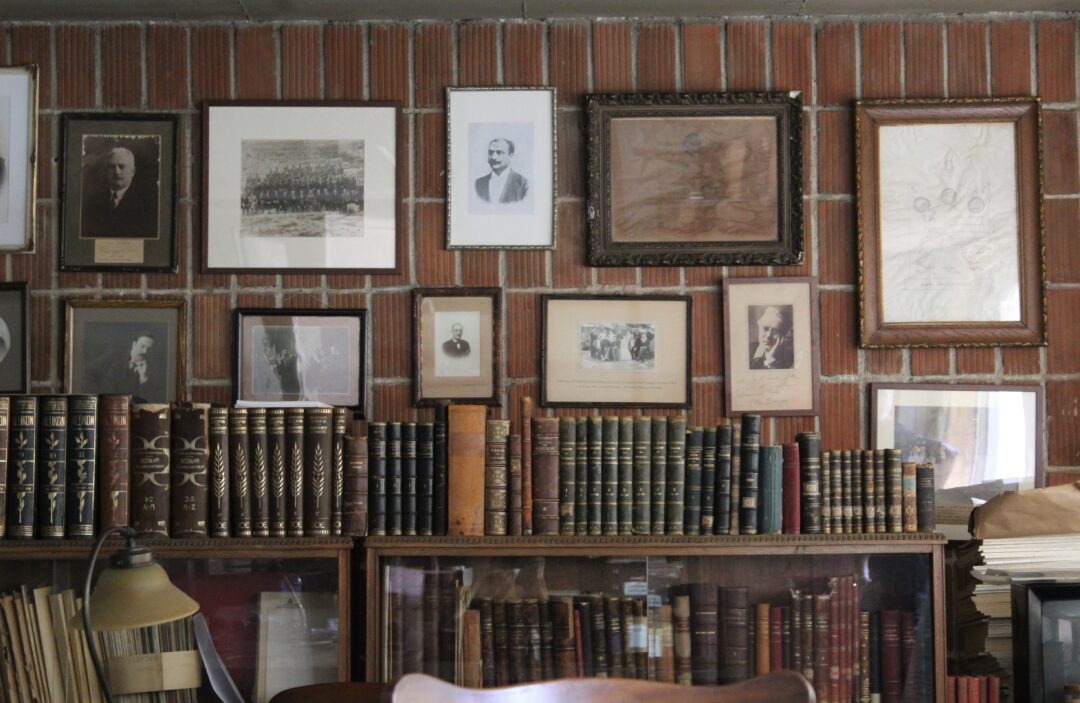
TAGS: ARCHITECTURE | AVANT-GARDE | EMST | EXHIBITIONS | GLOBAL GREEKS | MUSIC

